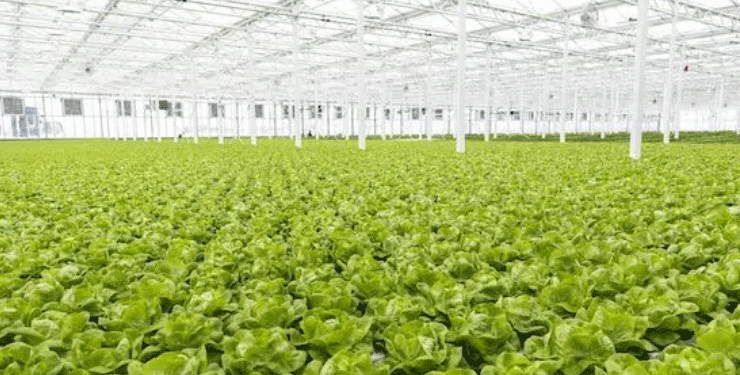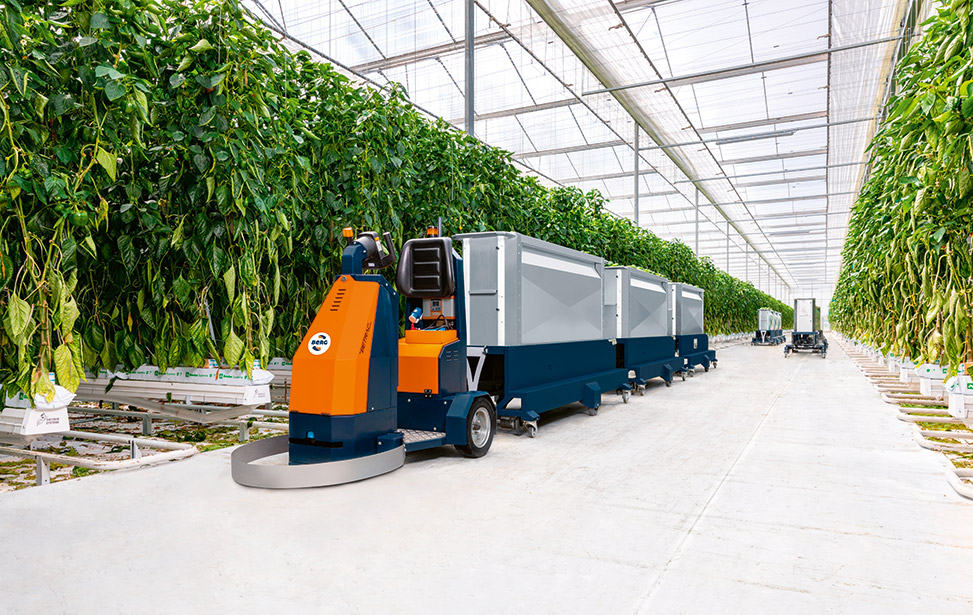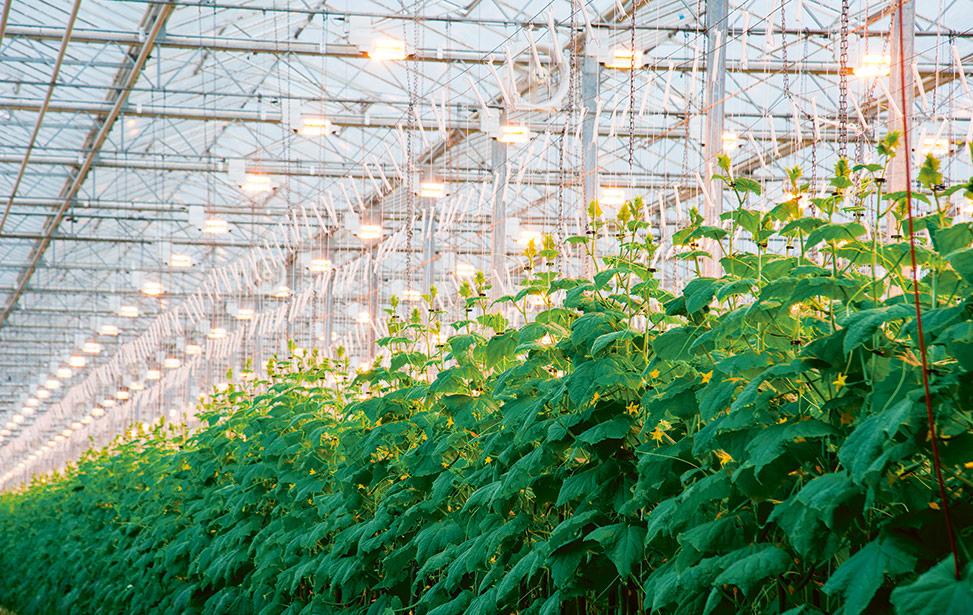In recent years, the interest in locally sourced, organic food has surged in Quebec, prompting a significant expansion in greenhouse agriculture. Entrepreneurs Alain Henry and Patrick St-Onge have recently taken over the Savoura greenhouses in New Richmond, seeing a lucrative opportunity in the 1.5-hectare facility primarily used for tomato cultivation. This move is part of a broader trend in the region, where greenhouse cultivation is rapidly growing to meet consumer demand and overcome the challenges of Quebec’s harsh climate.
Growth and Economic Impact
The greenhouse area for fruits and vegetables in Quebec doubled from 2010 to 2019, reaching 128 hectares. During the same period, monetary receipts from the sector surged by 70%, amounting to $148 million CAD, according to Félicien Hitayezu, Deputy Director of Economic Studies and Perspectives at the Ministry of Agriculture, Fisheries, and Food of Quebec (MAPAQ). This rapid growth highlights the economic potential of greenhouse farming, driven by increasing consumer preferences for local produce.
Diversification of Crops
While tomatoes dominate greenhouse production, occupying 46% of the cultivated area, other crops are gaining ground. Cucumbers make up 22%, lettuces 14%, peppers 6%, and various other crops the remaining 12%. Notably, strawberries and herbs are showing significant growth, reflecting the industry’s efforts to diversify and meet varied consumer tastes.
Claude Laniel, General Director of Quebec Greenhouse Producers, categorizes producers into three groups based on scale and revenue:
- Small Producers: Cultivating less than 1,000 square meters, selling locally with annual revenues below $100,000 CAD.
- Medium Producers: Operating up to 3,500 square meters, with annual revenues up to $500,000 CAD, distributing regionally.
- Large Producers: Generating over $1 million CAD annually, with some cultivating over 30 hectares (300,000 square meters). Major players like Savoura/Sagami, Hydroserre, Demers, and Les Serres royales account for approximately 80% of total greenhouse fruit and vegetable production in Quebec.
Challenges and Innovations
Despite its growth, Quebec’s greenhouse industry faces challenges compared to other provinces like Ontario and British Columbia, which lead in greenhouse agriculture. In 2017, Quebec accounted for only 7% of Canada’s greenhouse production area, whereas Ontario held 69% and British Columbia 19%. Quebec aims to increase its greenhouse vegetable production from 41,000 to 82,000 tons by 2025.
Achieving this goal requires overcoming significant hurdles, such as the high initial investment costs (ranging from $3 million to $4 million CAD per hectare) and the shortage of specialized labor. To address these challenges, government programs, including those by La Financière agricole and Investissement Québec, are enhancing access to financing. Moreover, the yield and value of greenhouse crops are significantly higher than field-grown crops. For instance, greenhouse tomatoes yield ten times more than those grown in fields due to the controlled environment.
The Need for Technological Advancement
Technological innovation is critical for further growth and productivity in Quebec’s greenhouse sector. Hitayezu emphasizes the need for intensified research and development efforts and advanced training programs for greenhouse specialists. An example of such initiatives is the recent funding of over $3 million CAD for the Research Chair in Organic Horticulture in Controlled Environments at Université Laval, announced in November 2019.
Innovations in greenhouse technology can help reduce production costs, making local produce more competitive and enabling year-round cultivation. Automation can also mitigate labor shortages and reduce dependence on foreign workers. Hitayezu believes that innovation is essential for Quebec to achieve and potentially surpass its greenhouse production goals.
Quebec’s greenhouse farming industry is poised for significant growth, driven by increasing demand for local, organic produce and supported by substantial investments and technological advancements. With continued innovation and support, Quebec can enhance its agricultural productivity and secure its place as a leader in sustainable greenhouse cultivation.










